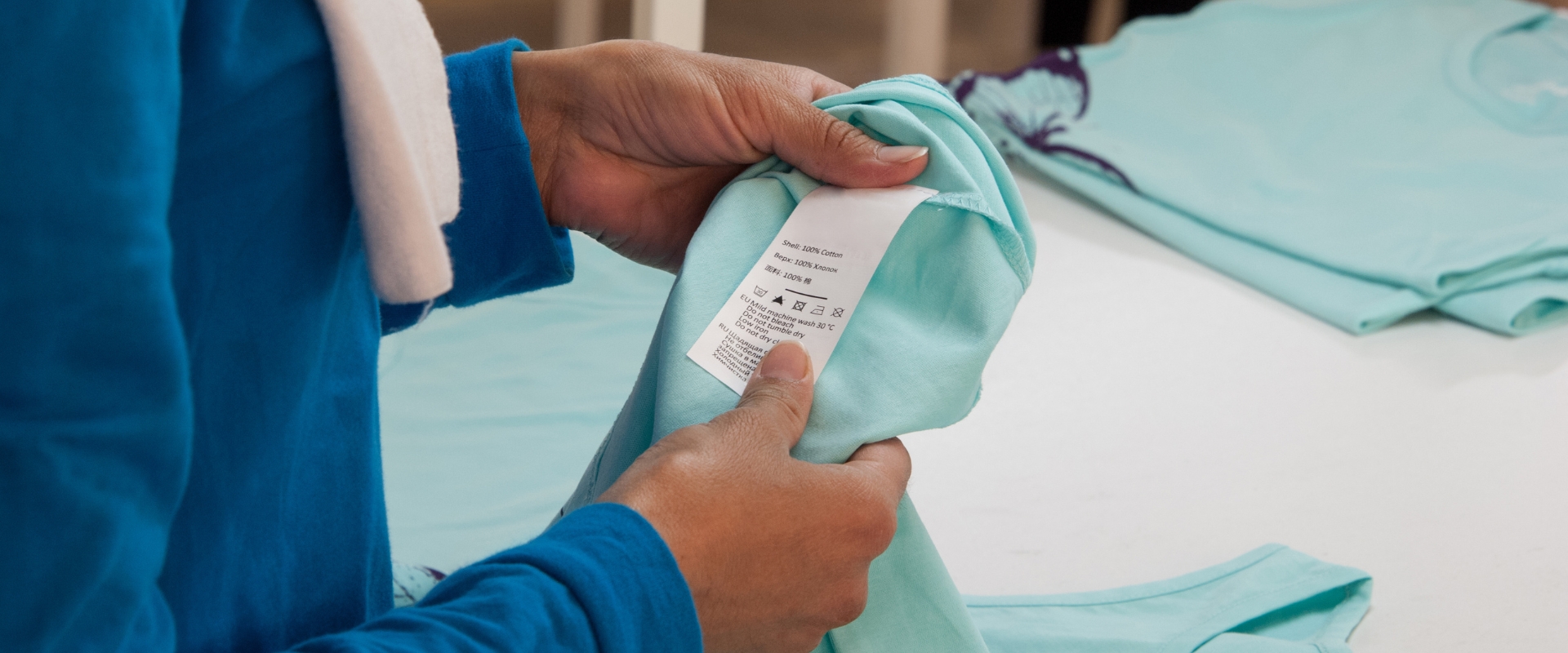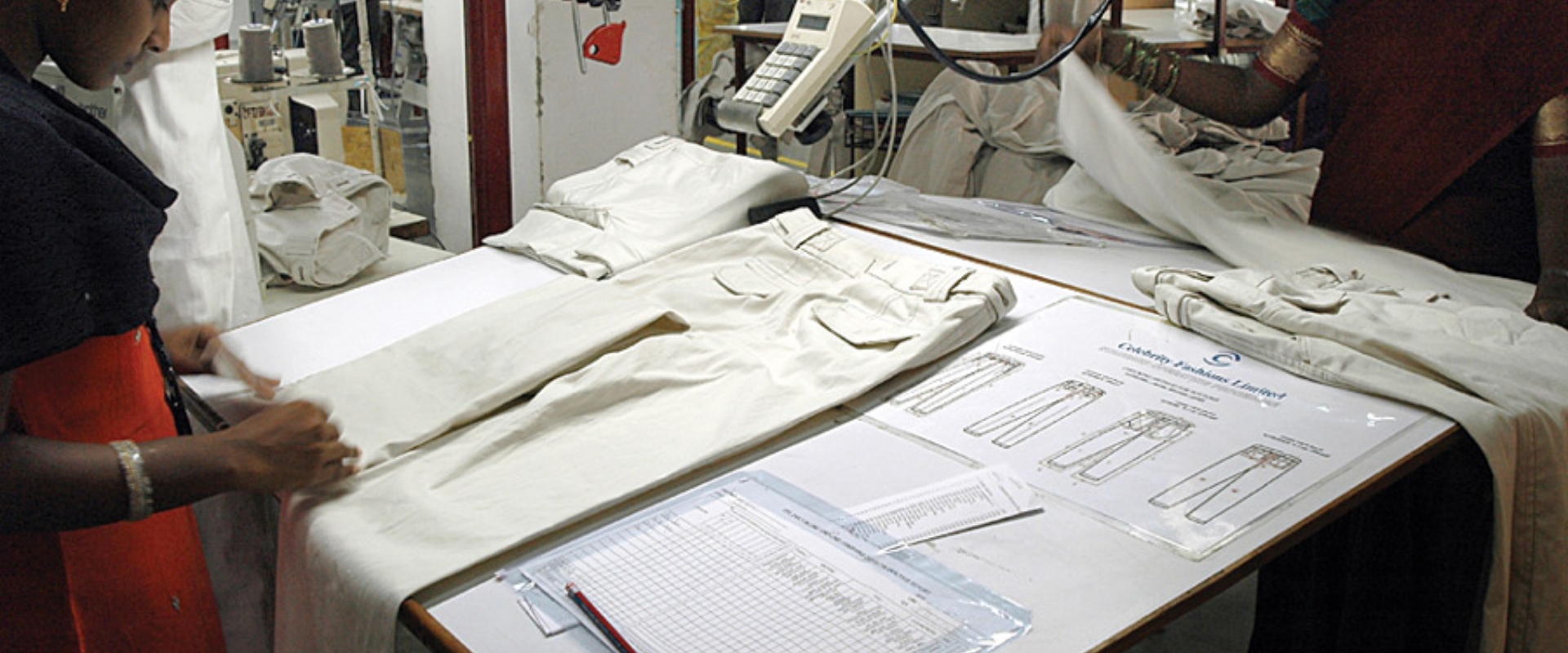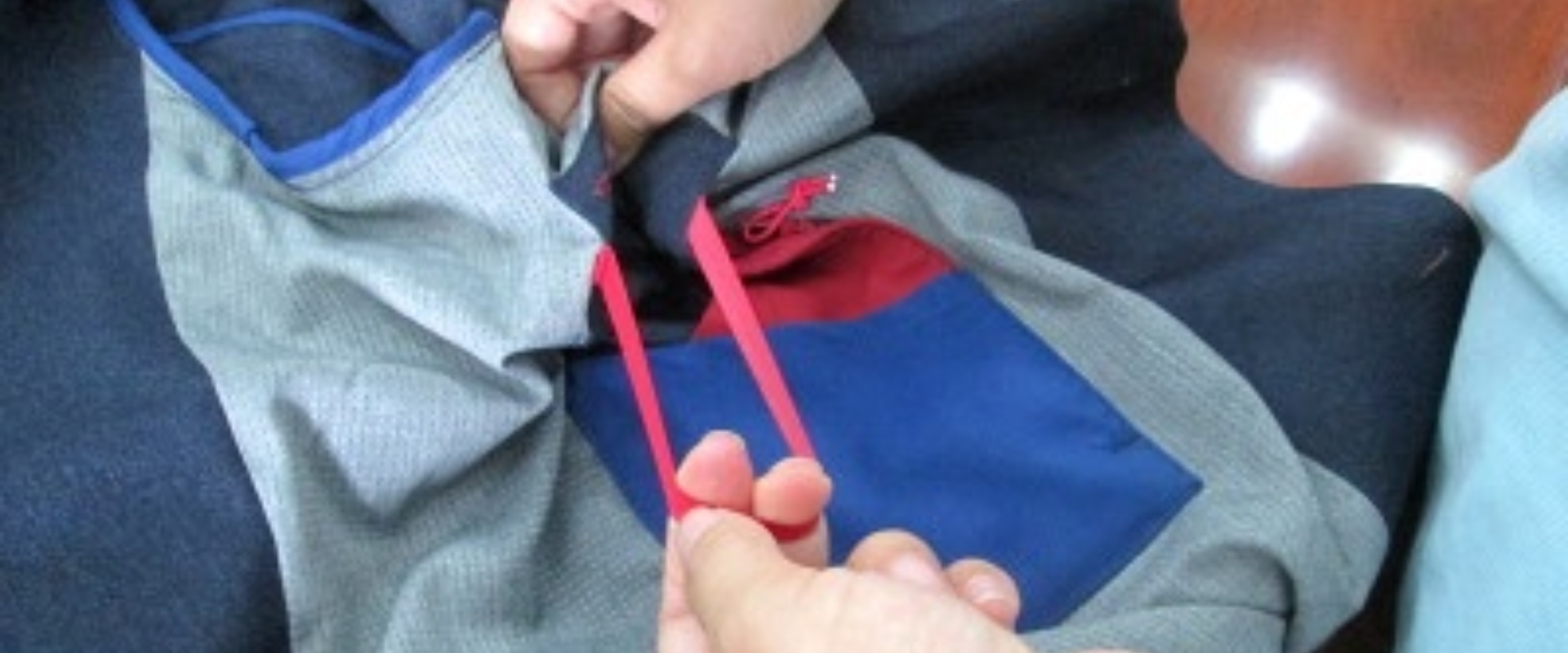
Prior to delivering clothing products to garment retailers, manufacturers must first conduct a garment inspection process. This procedure is done to ensure that it’s only the highest-quality product that is delivered to the garment retailers who sell the product to the customers.
The designated inspectors will inspect any garment defect on the clothing product. Should there be any defective products, the manufacturer cannot just throw them away since the defects usually will be hardly noticeable. The company can sell them as stocklot garment to gain more profit.
Also Read: What Is Stock Lot Garment and Bring Your Profit From Reject
Table of Contents
What is Garment Inspection Process?
Garment inspection describes the process conducted to control garment quality which the process mostly consists of a visual check. This procedure may include checking the fabrics, buttons, zippers, sewing, measurements of the items, and many more.
The purpose of the inspection is to identify the defects in the products as early in the production process as possible. The sooner the defects are found, the less time and money will be wasted.
As briefly mentioned above, garment inspection is also conducted to ensure the products delivered to garment retailers are the ones of high quality with no defects at all. The quality itself depends on various things, such as the price market and buyer’s instructions.
Stages of the Garment Inspection Process

In the garment industry, apparel inspection is generally conducted in four stages: preparation stage, raw material inspection, production, and final inspection. Below are brief discussions of all the stages.
1. Preparation Stage
This stage is conducted before the start of the inspection. As the name implies, the preparation stage involves all the aspects that should be prepared to streamline the inspection process. This may include informing the designated inspectors regarding the instructions for the inspection.
2. Raw Material Inspection Stage
In this stage, the inspectors will inspect the quality of all the raw materials used for the products. The items under inspection include fabric, zipper, button, printing, embroidery, sewing thread, and many more.
3. Production Inspection Stage
The purpose of this stage is to spot the defects so that necessary steps can be quickly adopted to fix the flaws. The said defects may include fabric spreading, marker making, fabric cutting, and sewing.
4. Final Inspection Stage
The final stage is crucial from the perspective of the buyers. In this stage, the products are mostly checked for size, minor defects, and form-fitting.
Criteria for Garment Inspection
There are at least three aspects in which its quality should be ensured during the garment inspection process. These include the quality criteria for materials, construction and design, as well as finish and aesthetics.
The overall quality of clothing items greatly depends on the material quality, in this case, the fabric. No matter how wonderfully designed a product is, the consumer will almost certainly not be satisfied if the material is subpar.
As for construction and design, its quality criteria can be seen from the applied sewing techniques, stitches, darts, stitches, etc. Meanwhile, finish and aesthetics refer to the feel, look, or smell of the product.
Also read: How to Choose Fabric for Clothing? Look This Key Point!
Techniques for Garment Inspection
The key to a good garment inspection process is to provide the designated inspectors with precise techniques and instructions on the buyer’s standards. There are three common techniques in garment inspection, as follows:
Visual Inspection

Visual inspection, in its most basic form, is the process of inspecting a clothing product with unaided eyes to check for defects. The defects are classified into three categories depending on their severity: critical, major, and minor.
Measurement Inspection

The second technique is measuring the garments’ dimensions. The dimensions of each product should match their designated sizes. Even so, there will always be size discrepancies; therefore, any acceptable error in garment dimensions should first be specified on the control checklist.
Functional Inspection

This inspection involves the functionalities of accessories attached to the clothing product. Inspectors should be physically testing the buttons, snaps, zippers, and elasticity of the garment product.
Benefits of the Garment Inspection Process
Conducting garment inspections benefits the company in so many ways. As mentioned earlier, garment inspection is one of the ways to maintain product quality. This also maintains the company’s reputation because buyers are confident in the quality of the products.
If there’s no garment inspection, defective products will be unnoticed. Once it’s in the buyers’ hands and they notice the defects, the company will lose customer confidence since they are unable to maintain their product quality.
It’s important to note that garment buyers are reluctant to buy low-quality items. The moment the defect rate is too high, the company’s production falls, and it costs more time and money to fix them. Therefore, proper garment inspection should be conducted.
Also Read: Vietnam Wholesale Clothing Manufacturer : How to Consider One
The garment inspection process is commonplace in garment manufacturers because the industry involves manual production methods that are more susceptible to flaws and human error. By conducting the inspection, product quality can always be preserved. That way, companies can build and maintain their reputation.